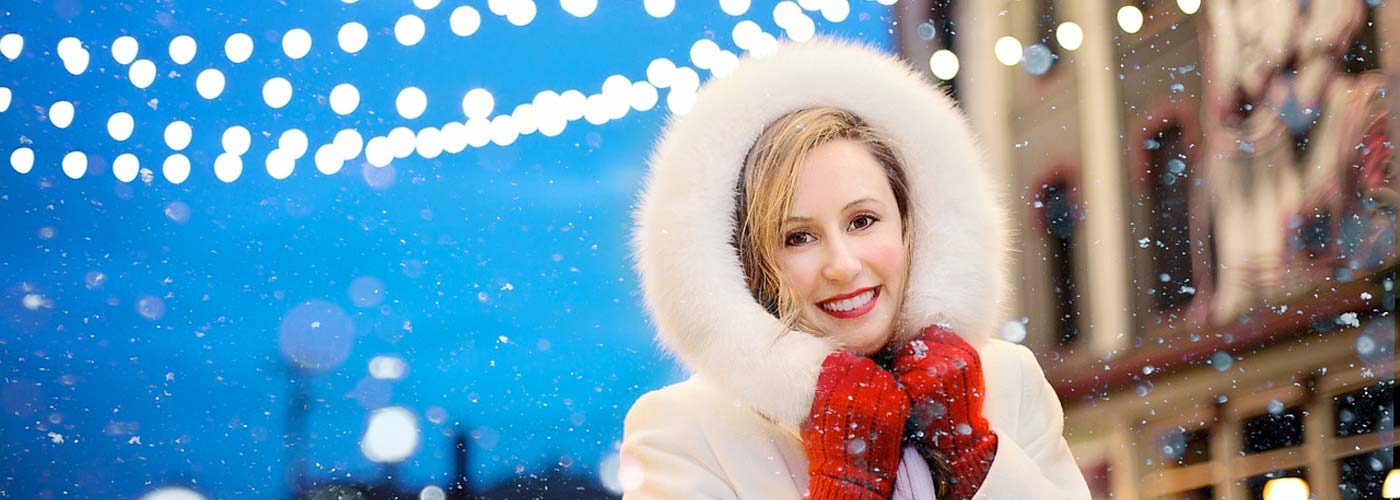The twinkling of holiday lights is synonymous with the magic and joy of the festive season. Whether you celebrate Christmas, Hanukkah, Diwali, or any other light-infused festival, the brilliance of holiday lights brings warmth to cold winter nights and draws us together in celebration.
From the simple candle on Christmas trees to the LED wonders of the modern era, let’s take a nostalgic journey through time tracing the evolution of holiday lights.
1. Early Origins: Candles on Christmas Trees (17th century)
The tradition of lighting up our homes during the holiday season can be traced back to the 17th century when the Germans began adorning their Christmas trees with candles. The candlelight symbolized Christ being the light of the world. Though enchantingly beautiful, this practice was incredibly dangerous, and fires were unfortunately common. People would only light the candles for a few minutes and always kept buckets of sand or water handy, just in case.
2. Advent of Electric Holiday Lights (1882)
The first major innovation came with the introduction of electricity. In 1882, just three years after Thomas Edison demonstrated his incandescent light bulb, Edward H. Johnson, an inventor and vice president of Edison’s electric company, decorated his Christmas tree with 80 red, white, and blue electric light bulbs. It was a sight to behold, but the widespread use of electric holiday lights wasn’t seen until much later due to their exorbitant cost and the lack of residential electricity.
3. Commercial Holiday Lights (1900s)
The first commercial Christmas lights were introduced by General Electric in the early 1900s. These were strings of electric lights known as “festoons” and were mainly used by businesses due to their high price tag. Over the next few decades, technological advancements made electric lights more affordable and accessible, leading to the popularization of lit Christmas trees in homes.
4. Bubble Lights and Novelty Lights (1940s-1950s)
The mid-20th century witnessed a surge in holiday light creativity with the introduction of bubble lights and novelty lights. Bubble lights contained a liquid that would bubble when heated by the light bulb, creating an enchanting visual effect.
Novelty lights shaped like popular holiday icons, like Santa Claus and Christmas trees, also became popular during this time.
5. Miniature and LED Lights (1970s-Present)
The 1970s brought us the miniature bulbs that we are most familiar with today. These lights were energy-efficient, safer, and allowed for more lights per string. This led to the trend of wrapping houses and trees in a swath of brilliant lights.
Fast forward to the 21st century, and the industry has shifted towards LED lights. These lights consume 80% less energy than traditional bulbs and can last up to 40 holiday seasons.
6. The Future: Smart Holiday Lights
Today, we stand at the precipice of a new era in holiday lighting, where smart technology is beginning to permeate the market. These advanced lighting systems can be controlled via smartphone apps or voice commands, allowing users to customize colors, patterns, and even sync lights to music.
In a span of a few centuries, we’ve moved from perilous candles to mesmerizing smart light displays. As we look to the future, it’s exciting to imagine how technology will continue to shape and innovate our holiday traditions.
But, no matter the form, the purpose of these lights remains unchanged: to bring joy, to illuminate the darkness, and to gather us all in a spirit of unity and celebration. So, as you plug in your holiday lights this year, take a moment to appreciate the long, glowing timeline of innovation that brought us this far.
From all of us at Mary’s Holiday Lights, may your holidays be filled with light and joy!

